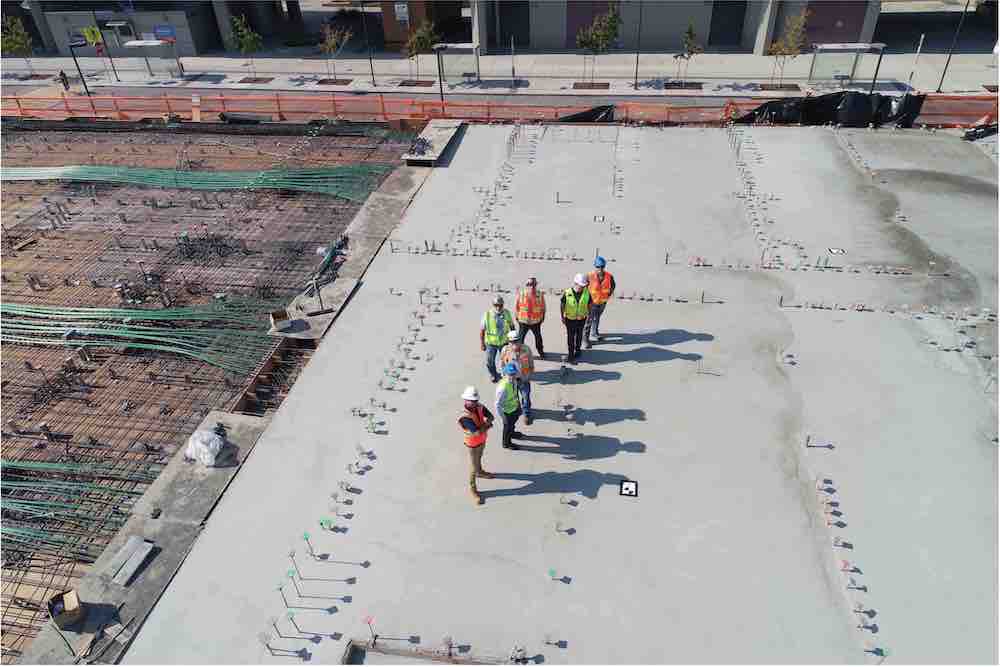While some organisations still rely on multiple decentralised databases or spreadsheets to store vendor data, a centralised vendor database offers numerous advantages. This article explores the top 10 reasons why a centralised vendor database is more effective than having information scattered across multiple email inboxes and spreadsheets.
1. Streamlined data management
A centralised vendor database consolidates all vendor-related information into a single repository. By having a central source of truth, this eliminates the need for cross-referencing multiple sources and ensures that the data remains accurate, up-to-date, and easily accessible. It simplifies data management processes, reduces errors, and enhances overall efficiency.
2. Improved data integrity
With a decentralised approach to vendor data management, there is a serious risk of inconsistent or outdated vendor information. In a centralised database, data integrity is significantly enhanced as updates and changes are made in a single location. This reduces the chances of conflicting or duplicate data and ensures that everyone has access to the most recent and reliable vendor information.
3. Enhanced vendor visibility
A centralised vendor database offers a comprehensive view of all vendor interactions, agreements, and performance metrics. This visibility enables organisations to evaluate vendor relationships more effectively, identify trends, and make data-driven decisions. It also facilitates compliance monitoring, managing contracts, and assessing vendor performance.
4. Efficient vendor onboarding
Onboarding new vendors can be time-consuming and complex when information is scattered across various systems. A centralised database streamlines the onboarding process by providing a standardised framework for collecting vendor data, facilitating due diligence, and automating workflows. This efficiency alleviates the administrative burden placed on staff and reduces errors. By using a centralised vendor database such as Felix, procurement teams have found that vendor onboarding is up to 90% faster.
5. Simplified risk management
Centralising vendor information enables organisations to conduct comprehensive risk assessments and ensure regulatory compliance. By having a consolidated view of vendor data, businesses can identify potential risks, track vendor certifications and insurance, and establish appropriate risk mitigation strategies.
6. Cost savings
Maintaining multiple databases or spreadsheets can be costly in terms of time, resources, and potential errors. A centralised vendor database eliminates the need for redundant data entry, reduces administrative overhead, and minimises the risk of data inconsistencies. The streamlined processes and improved accuracy result in long-term cost savings for the organisation.
7. Enhanced collaboration
Sharing vendor information across different departments or teams becomes seamless with a centralised database. It fosters collaboration, allowing various stakeholders to access and update vendor data in real-time. Improved collaboration leads to better communication, increased productivity, and the ability to leverage shared insights for more informed decision-making.
8. Scalability and flexibility
As businesses grow, their vendor ecosystems expand. A centralised database offers scalability and flexibility, accommodating the evolving needs of an organisation. It can handle an increasing number of vendors, capture additional data points, and adapt to changing business requirements. This scalability ensures that the vendor management system remains effective in the long run.
9. Integration with other workflows and processes
A centralised vendor database can integrate with other workflows such as sourcing or contract management. This integration streamlines processes by enabling seamless data flow between systems, eliminating manual data transfers, and ensuring data consistency.
10. Enhanced security
Data security is paramount in vendor management, especially when dealing with sensitive information or compliance-related data. Centralising vendor data allows for better control and enforcement of security measures.
Interested in centralising your vendor data and streamlining your procurement operations?
Felix’s modular procurement platform is designed for enterprises to quickly consolidate procurement activities into a unified, consistent system. Learn how you can better manage risk, increase productivity, foster collaboration and reduce costs.
----
Want to see Felix in action? Feel free to request a demo here.
Related Articles

What to look for in a Vendor Management System in high-risk supply chains
Previously, we’ve talked about the definition of vendor management, explored the different nuances and challenges due to Covid-19.

Why organisations need a standardised vendor prequalification framework
Low productivity and increasing tendering/procurement costs have traditionally been among factors driving downward pressures on margins, for both contractors and their supply chain. Moreover, legislative requirements around sustainable procurement are adding another kind of pressure.

Technology as an enabler of vendor risk management (part 6)
You have the right strategies, you have the right people and processes. Now it’s time to implement third-party risk management efficiently, because no one wants added cost pressures.
Let's stay in touch
Get the monthly dose of supply chain, procurement and technology insights with the Felix newsletter.




